Take a Quick Tour
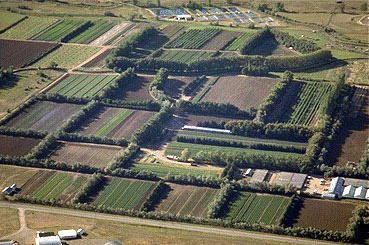
The Colorado State Forest Service Nursery is located on the Foothills Campus of Colorado State University in Fort Collins, Colorado. At the CSFS Nursery, we take pride in being able to offer landowners with low-cost, adaptable, native species that are grown in our own backyard.
We are situated on 130 acres with 18,000 square feet of greenhouse space where our containerized seedlings begin their lives. Along with greenhouse production, we grow several deciduous species in our fields which are lifted each fall and contribute to our bare root stock.
Nearly all of our species are grown from seed at the CSFS Nursery. Various stratification processes are always in the works because many seeds require stratification, scarification or soaking in order to wear away the seed coat before germination.
Stratification is the process of treating seeds to mimic the wintering conditions they must go through prior to germination. This process typically includes burying the seeds in a tub of vermiculite and keeping them in cold storage for a period of time, constantly checking on them to see if the seed coat has broken.


After the seeds have stratified and begin to germinate, it is time for planting! We have two different methods of seeding at the nursery: for bare root and for containers.
Greenhouse Production
The CSFS Nursery has an extensive container production that begins in the greenhouses and seeding occurs up to three times a year. Multiple seeding allows us to keep our greenhouses full year-round and gives us the ability to frequently roll out new inventory.
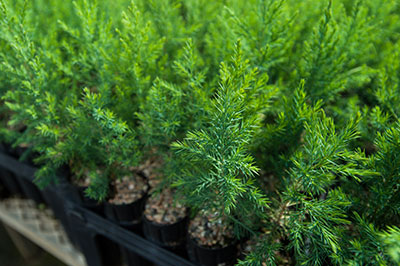
Evergreens are the primary crop grown in containers. Over the years, we have found that evergreens have a higher survivability when grown in containers rather than bare root. In contrast to deciduous species, evergreens don’t lose their needles and harden off for winter. Instead, they endure a different type of dormancy where they are still able to continue basic metabolic functions. Because they have not shut down completely, if all evergreens were to be lifted like deciduous species, their viability could drastically reduce.
The containerized seeding process begins with our large container filling machine. This extraordinary electric machine has a large soil hopper that is filled with a specialty pre-mixed soil. The soil is then dropped through the bottom of the machine onto an electric conveyer belt, through a chute, and into the trays. Trays are hand-fed onto a different electric conveyer belt as they are filled with soil. As the trays exit the conveyer belt full of dirt, they are topped off and proceed to be seeded.
We seed trays by using a vacuum suction attached to a specially produced seeding machine. The device is able to pick up and deposit half of a tray’s worth of seeds at once, giving us the ability to seed an entire tray quickly and efficiently. The trays are then set onto a conveyer belt, topped off with pea gravel which assists with weed control, and then travel through the greenhouse before being placed onto a bench. Seedlings stay in the climate controlled greenhouse for roughly six months to a year before they are transported outdoors to the shade houses where they remain for at least one winter season.
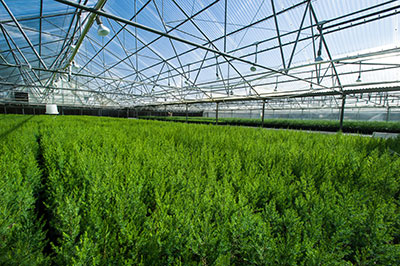

Bare Root Production
Alongside our containerized seeding, we produce thousands of bare root seedlings. Our seeds are sown in October so that they have the chance to overwinter after stratification. Seedlings continue to grow out in the fields for one to two years depending on the species — some grow faster than others. When the seedlings have reached the appropriate height requirement, they are lifted each fall. We have learned over the years that deciduous species tend to grow better in the field compared to evergreens.
Deciduous species lose their leaves every fall to prepare for winter, allowing them to harden off before lifting occurs. We have to wait until the species drop their leaves and the soil is at an adequate moisture level — slightly dry. One of the most important aspect of the lifting process is to make sure that the plants have entered dormancy so that they are not shocked. Before lifting occurs we attach a tree lifting machine to the back of our New Holland tractor. This lifter digs 8 inches to a foot into the ground and reciprocates while loosening the dirt around the root systems.




Lifting
It is important that we have a solid crew during lifting because time is of the essence after the roots have been lifted and exposed to air. Individuals follow behind the tractor and lifting machine while gathering the plants and removing the dirt. After the trees have been collected they are brought to our cool storage facility where they are graded for quality and size, bundled into groups of 25, and remain in cool storage until they are purchased.

Ideally, bare root trees should be planted in the spring before they come out of their dormancy. This again helps so that the trees don’t endure too much shock, and chances of their survival increase: a fact that applies to all of our species.
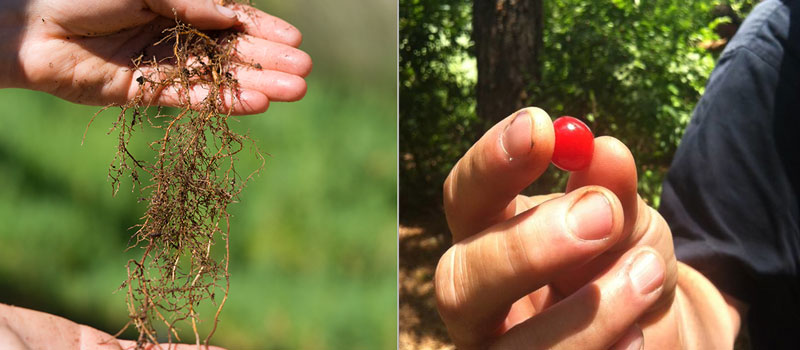
We do propagate some of our deciduous species from cuttings — mainly cottonwoods and willows — in containers. After the cuttings are gathered, they are dipped into a rooting hormone before being placed in a single container. We have found that these species in particular propagate very well from cuttings.
Many of the deciduous species that we grow are fruit bearing and can provide a food source and sheltered habitat for many wildlife including animals, birds, and pollinators. The benefit that these shrub species deliver is not restricted to wildlife: humans also enjoy these fruit producers which can be eaten as fresh fruits, jellies, juices, and syrups — just to name a few.
Conservation Efforts
We have started to produce many deciduous species that will provide a stronger focus on urban forestry. Upkeep of our urban forests is equally as important to that of our mountainous and rural forests. Urban forests provide communities with reduced energy use, improved water quality, wildlife habitats, and an increased human health. An issue in urban forestry is the emergence of certain invasive insect species in Colorado. We feel it is very important to provide replacement tree species for those affected by invasive insects to increase the vitality of our urban forests.
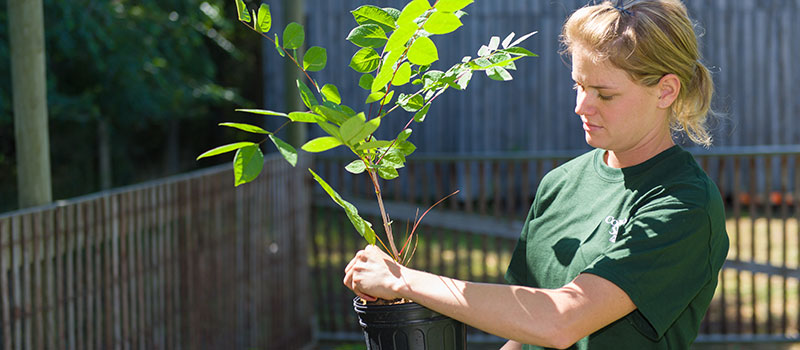
Another conservation effort that is a high priority at the CSFS Nursery is the preservation of pollinator habitats. With diminishing bee colonies due to colony collapse disorder, we believe it is important to build up and conserve these habitats to give them the best possible chance of survival. All of our perennials are native to Colorado and offer a diverse habitat selection for all pollinators including bees, butterflies, hummingbirds, bats and more.
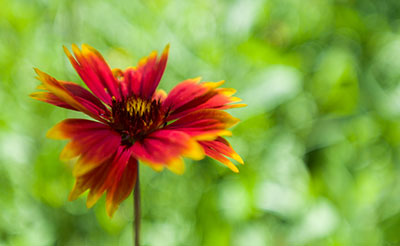

The CSFS Nursery has been taking monumental strides to improve our products. The range of species that we grow and the sizes that we offer have expanded greatly. We are constantly experimenting with new species to bring you the highest quality in locally grown, drought-tolerant conservation species for all of your conservation, reclamation and reforestation goals.


